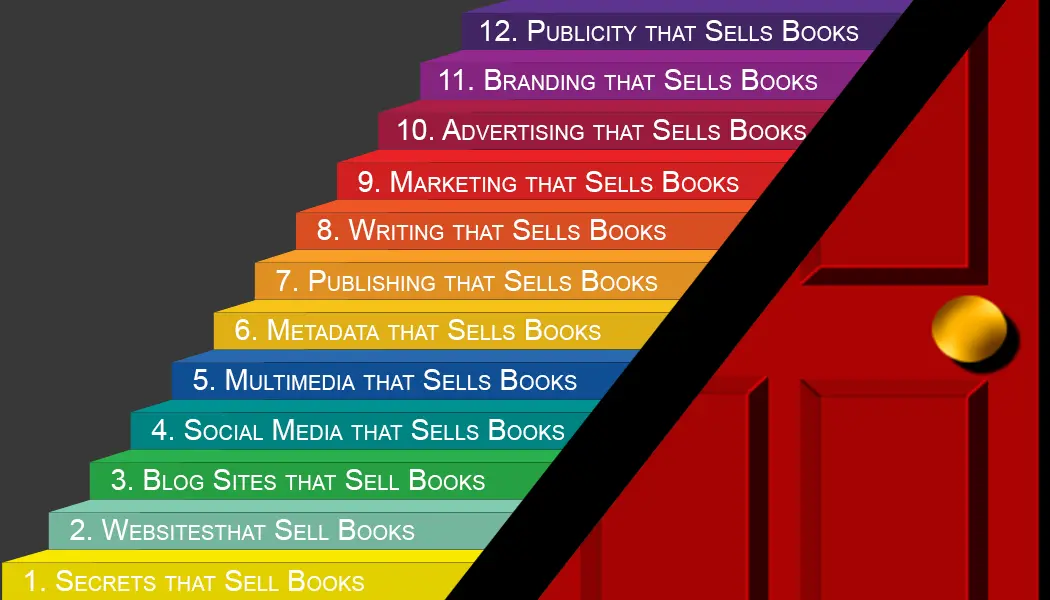In the bustling realm of today’s digital landscape, audio in media has ascended to a pivotal role, entwining seamlessly into our daily routines. From the podcasts that accompany morning commutes to the audiobooks that unwind our evenings, and the music that soundtracks our lives, the influence of audio is ubiquitous and profound. This comprehensive article delves into the critical impact of audio in contemporary media, emphasizing the vital role of sophisticated editing techniques that elevate the listener’s experience to new heights.
The Ascendance of Audio in Media
The resurgence and popularity of audio in media are fueled by technological advancements, the proliferation of mobile devices, and evolving consumer preferences for digestible and accessible content.
Podcasts: Reinventing Narrative and Knowledge Exchange
Podcasts have burgeoned into a cultural phenomenon, offering a platform for deep dives into narratives, educational content, and niche interests that print and traditional media seldom explore. This medium’s flexibility allows hosts and creators to forge a direct, intimate connection with listeners, fostering a sense of community and ongoing dialogue. The low barrier to entry has democratized content creation, enabling voices from diverse backgrounds to share their stories and expertise with a global audience.
Audiobooks: Making Literature Accessible
Audiobooks have revolutionized the traditional reading experience, allowing literature to be consumed alongside multitasking activities like driving, cooking, or exercising. This format has not only helped increase literary consumption in an era of busy schedules but has also made books accessible to those with visual impairments or reading disabilities, thus broadening the scope of how and when knowledge can be absorbed.
Music Streaming: Customizing Personal Soundscapes
Music streaming platforms have transformed access to music, curating personalized experiences through sophisticated algorithms that predict listener preferences. This shift has altered music consumption habits, artist-fan interactions, and even the economics of the music industry, enabling artists to release music more fluidly outside traditional album cycles.
The Art and Science of Audio Editing
Audio editing is both a craft and a critical technical process, enhancing the auditory elements of a piece to achieve clarity, emotional impact, and coherence.
Advanced Editing Tools and Techniques
State-of-the-art audio editing software provides editors with a suite of tools designed to sculpt, refine, and enhance sound. Key processes include:
- Noise Reduction: Stripping away background noise to deliver crystal-clear audio.
- Equalization and Leveling: Balancing different sound elements to maintain a consistent volume and tonal quality throughout the piece.
- Sound Effects and Atmospheric Sounds: Strategically adding sounds to build immersive audio environments or enhance narrative elements.
The Role of Sound Editors
Sound editors are the unsung heroes behind the auditory experience, meticulously shaping a project’s sound to support storytelling and emotional engagement. In cinematic and gaming industries, sound editors play a pivotal role in constructing believable worlds through ambient sounds and effects that complement visual storytelling, enhancing the viewer’s immersion.
Audio’s Integration in Visual Media
Audio is not merely an accompaniment but a potent storytelling tool in visual media, amplifying the narrative impact and emotional resonance of films, television, and video games.
- Scene Setting: Ambient sounds establish the environment, whether it’s the bustling energy of a cityscape or the tranquil atmosphere of a seaside.
- Narrative Pacing: Sound cues can subtly guide viewers through emotional arcs and plot developments, intensifying suspense or providing relief.
- Emotional Engagement: A well-scored film or game can evoke a broad spectrum of emotions, from anxiety to triumph, largely due to its auditory elements.
Challenges in Modern Audio Production
Despite technological advancements, audio production faces several challenges that professionals must navigate.
- Authenticity vs. Enhancement: Maintaining the integrity of the original sound while using technology to enhance its appeal and clarity.
- Multi-platform Optimization: Ensuring audio quality is maintained across various devices, from high-end sound systems to smartphone speakers.
- Creative vs. Technical Balance: Editors must strike a delicate balance between creative audio manipulation and the necessity for clarity and comprehensibility.
Conclusion: Impact of Audio in Media
As we navigate through a predominantly digital world, the role of audio in media continues to expand and evolve, shaping our experiences and interactions with content in unprecedented ways. Audio editing, far from being a mere technical necessity, is pivotal in crafting these experiences, ensuring that every note, word, and sound not only reaches but resonates deeply with audiences. In this listening world, the power of audio and the artistry of editing are not just about enhancing sound quality but about enriching human connections and emotions.
_____________________________________________
Related Entries:
Engaging Customers and Influencing Audiences
Related Topics:
Visit our website at www.AuthorsDoor.com and our blog site at www.AuthorsRedDoor.com as you continue your author-publisher journey.


